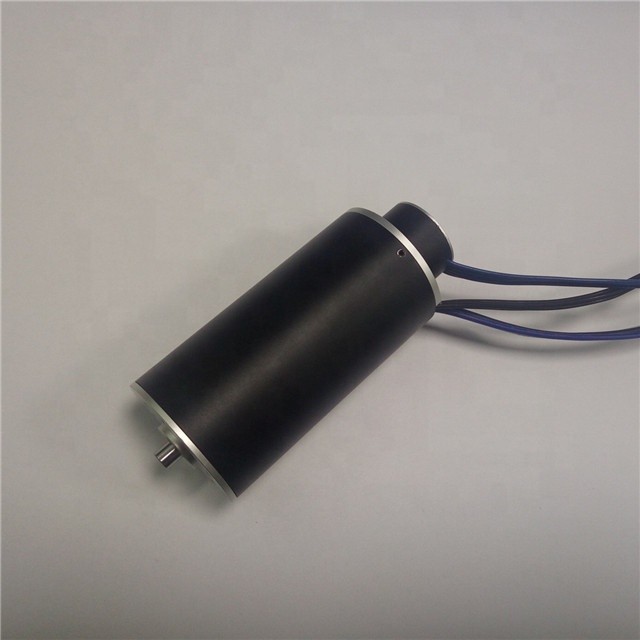A servo motor is a motor that can precisely control position, speed, and acceleration and is typically used in applications that require high-precision motion control. It can be understood as a motor that obeys the command of the control signal: before the control signal is issued, the rotor is stationary; When the control signal is sent, the rotor rotates immediately; When the control signal is lost, the rotor can stop immediately. Its working principle involves a control system, encoder and feedback loop. The following is a detailed explanation of how servo motors work:
Control system: The control system of servo motor usually consists of controller, driver and motor. The controller receives control signals from the outside, such as position instructions or speed instructions, and then converts these signals into current or voltage signals and sends them to the driver. The driver controls the rotation of the motor according to the control signal to achieve the required position or speed control.
Encoder: Servo motors are usually equipped with an encoder to measure the actual position of the motor rotor. The encoder feeds back the rotor position information to the control system so that the control system can monitor the position of the motor in real time and adjust it.
Feedback loop: The control system of servo motors usually adopts closed-loop control, which adjusts the output of the motor by continuously measuring the actual position and comparing it with the desired position. This feedback loop ensures that the motor’s position, speed, and acceleration are consistent with the control signal, enabling precise motion control.
Control algorithm: The control system of servo motor usually adopts PID (proportional-integral-derivative) control algorithm, which continuously adjusts the output of the motor to make the actual position as close as possible to the desired position. The PID control algorithm can adjust the motor’s output based on the difference between the actual position and the desired position to achieve precise position control.
In actual work, when the control system receives position or speed instructions, the driver will control the rotation of the motor based on these instructions. At the same time, the encoder continuously measures the actual position of the motor rotor and feeds this information back to the control system. The control system will adjust the output of the motor through the PID control algorithm based on the actual position information fed back by the encoder, so that the actual position is as close as possible to the desired position.
The working principle of a servo motor can be understood as a closed-loop control system that continuously measures the actual position and compares it with the desired position, and adjusts the motor’s output according to the difference to achieve precise position, speed and acceleration control. This makes servo motors widely used in applications requiring high-precision motion control, such as CNC machine tools, robots, automation equipment and other fields.

In general, the working principle of a servo motor involves the synergy of the control system, encoder and feedback loop. Through the interaction of these components, precise control of the motor position, speed and acceleration is achieved.
Writer:Sharon
Post time: Apr-12-2024

